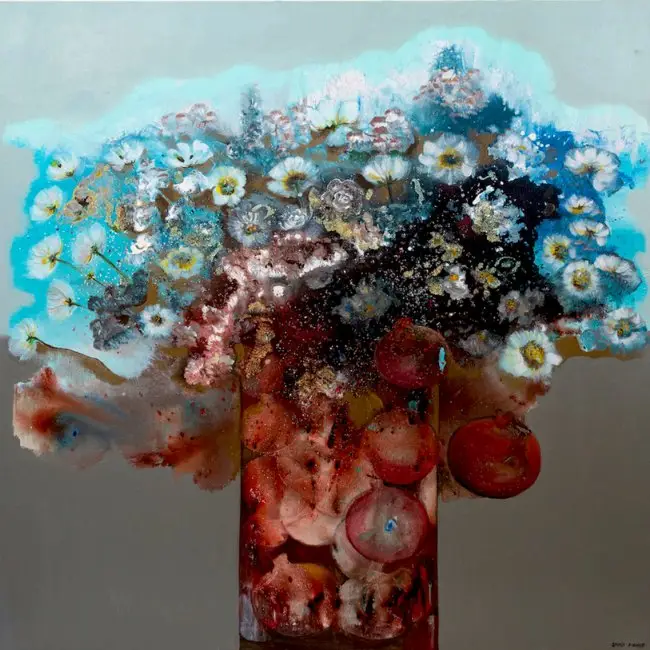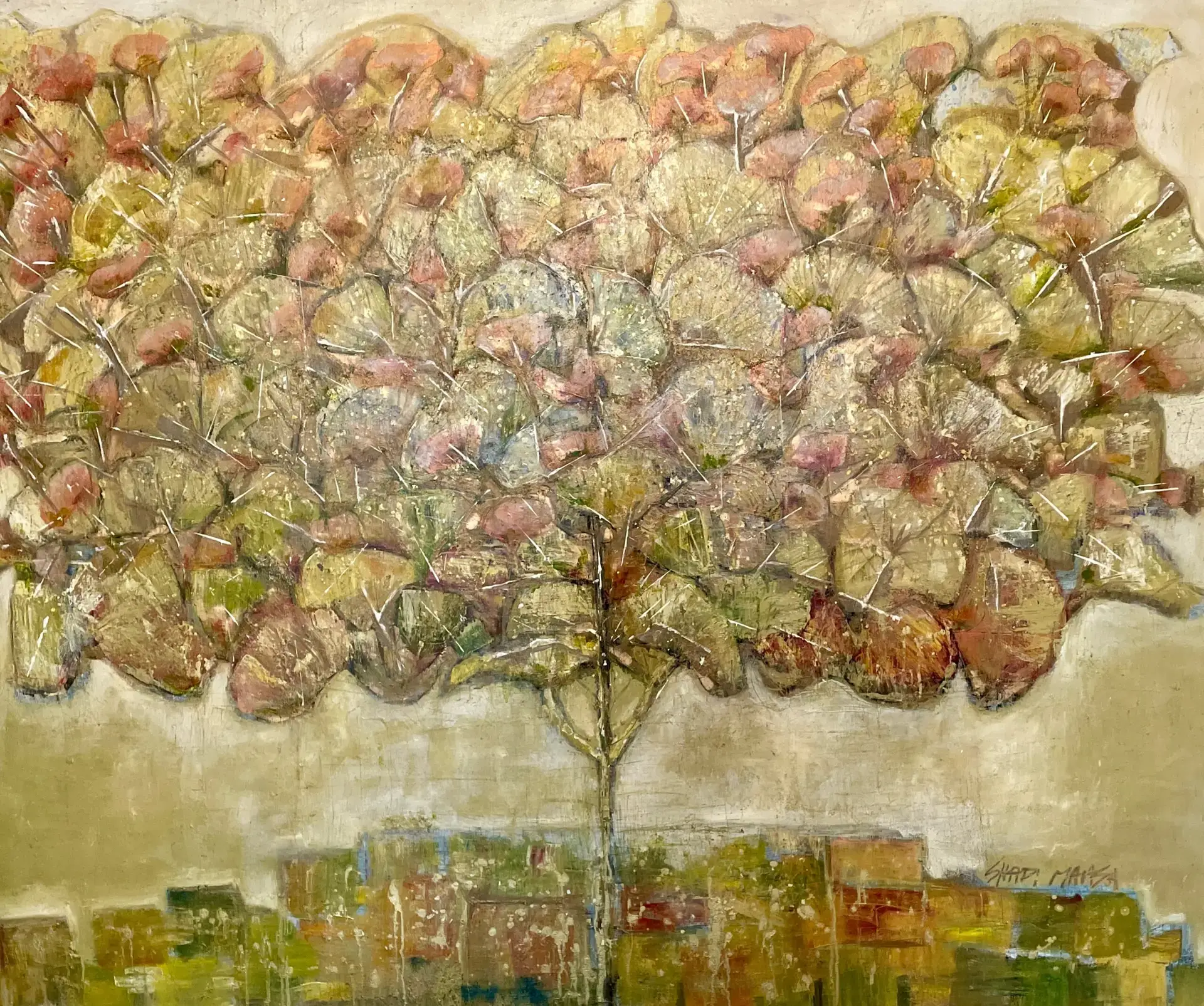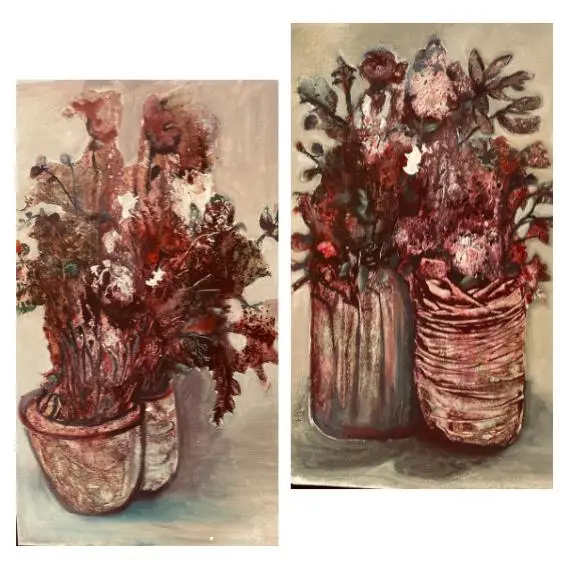
A canvas filled with a variety of bright colors has the ability to awaken our senses and change the atmosphere around us. Each color acts as a brushstroke on our inner being, bringing energy, calmness, or curiosity to our surroundings. The meaning of color directly communicates with our subconscious—its messages are quick and instinctive, bypassing words and reasoning.
Scarlet ignites passion and vitality, while cobalt blue cools the mind’s fever. Citrine yellow dances with optimism, and emerald greens evoke renewal. These colors are more than just visually pleasing; they have the power to evoke emotions and bring about physical changes. Scientific studies show that being exposed to vibrant colors can increase heart rate, boost creativity, or soothe anxious thoughts. A room decorated with expressive canvas wall art—where magentas collide with indigos—becomes a sanctuary where light shapes our mood and wellbeing.
Here are some ways in which colors impact our emotions and overall well-being:
The skillful use of bright colors can turn ordinary rooms into places that promote wellbeing—a testament to the timeless power of color over our hearts.
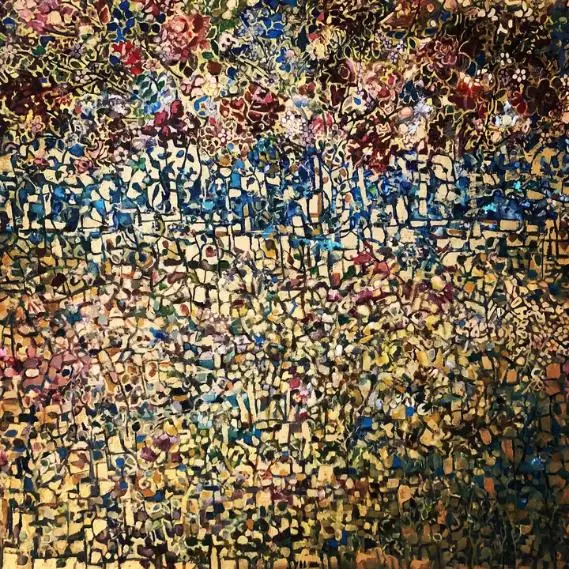
Shadi Mahsa is an innovative artist who has made a significant impact in the world of contemporary abstract art. With her unique background and artistic influences, she has created a body of work that seamlessly blends various elements such as chaos theory, nature, and human emotions.
The mathematics of chaos theory whispers through her brushstrokes—fractals, repetition, and self-similarity echo the unpredictable order found in nature’s patterns. Each painting becomes a microcosm where logic and instinct perform a delicate dance.
Mahsa’s art is steeped in emotion; color becomes language, movement, and memory. Her pieces invite viewers to wander through internal landscapes shaped by curiosity and fascination with the subconscious.
Traditional Persian art motifs—floral arabesques, intricate geometry—are reborn within her vibrant compositions. These echoes from her cultural lineage are fused seamlessly with contemporary forms, creating beautiful art that feels both ancient and strikingly modern.
Her collections shimmer with life: abstract wall art ablaze with energy like her Dreams – Two-Panel Abstract Painting, landscapes such as the Cherry Tree – Abstract Oil Painting that bloom in saturated hues, portraits that capture fleeting human expressions. In living rooms across continents, Mahsa’s colourful abstract art transforms mere walls into portals of wonder. For those looking to own a piece of this transformative art, it’s worth exploring how to invest in unique abstract pieces.
Interior design uses bold colors to create powerful emotional responses. Bright color schemes have the ability to completely change the feel of a room, making it more lively and unique. These colors can bring life to dull spaces, filling every area with energy.
The use of different colors can have various effects on our emotions and mental state. Here are some common psychological effects associated with specific colors:
Using bold colors in interior design is not just about making things look good; it’s also about creating an atmosphere that connects with the people who live there. Color psychology shows us how certain colors can affect our mood and mindset. For example:
When used strategically, bold colors can elevate interior design from being just decorative to becoming emotionally impactful. Each color contributes to shaping the overall experience within a space.
However, to fully embrace this transformation, one must also consider the impact of large wall art. Choosing the perfect large wall art can significantly enhance the emotional resonance of bold colors in your home decor.
Color psychology is like a secret language that influences how we feel and react to our surroundings. Each color has its emotional meaning, capable of evoking memories or energizing a space. The effects of color go beyond our emotions—our bodies respond too, with changes in heart rate, mood, and overall energy.
In Shadi Mahsa’s vibrant artwork, these psychological effects are amplified—a celebration of bold contrasts that spark curiosity and joy. Her compositions use color not only to please the eye but also to promote wellbeing. A canvas filled with lush greens or fiery oranges invites viewers to enter, relax, and let their emotions flow with each brushstroke.
“Color is a power which directly influences the soul.” — Wassily Kandinsky
In Mahsa’s creations, color serves a purpose beyond decoration—it becomes therapy for the senses, an agent of change that transforms spaces and uplifts mental health.
A room filled with bright colors is full of potential—color becomes more than just decoration; it sparks creativity and energy. The combination of deep reds, bright blues, and sunny yellows energizes the space, inspiring people to think outside the box and come up with new ideas. Intense colors create a lively atmosphere that encourages bold thinking and expressive interactions.
Creative studios often use energetic color schemes, such as fuchsia accent walls with teal furniture or pops of lemon yellow against dark gray. These choices are not random. Research shows that bright colors stimulate areas of the brain responsible for generating ideas and solving problems, creating an environment conducive to innovation.
Living spaces filled with vibrant colors feel refreshing. The visual excitement of these hues lifts spirits and brings new energy to everyday activities. In social areas like dining rooms and lounges, these bold colors inspire animated discussions and make every gathering unforgettable.
Boldness doesn’t always have to be loud; it can also bring calmness through cool yet vivid shades. Rich turquoise, deep seafoam, and indigo gently embrace the senses without being overpowering. When carefully balanced—like a bright blue feature wall softened by white curtains—the outcome is a peaceful retreat that comforts the soul while still being interesting.
Bright color schemes bring both joy and tranquility into interior spaces—a harmonious balance achieved through careful choice and arrangement.
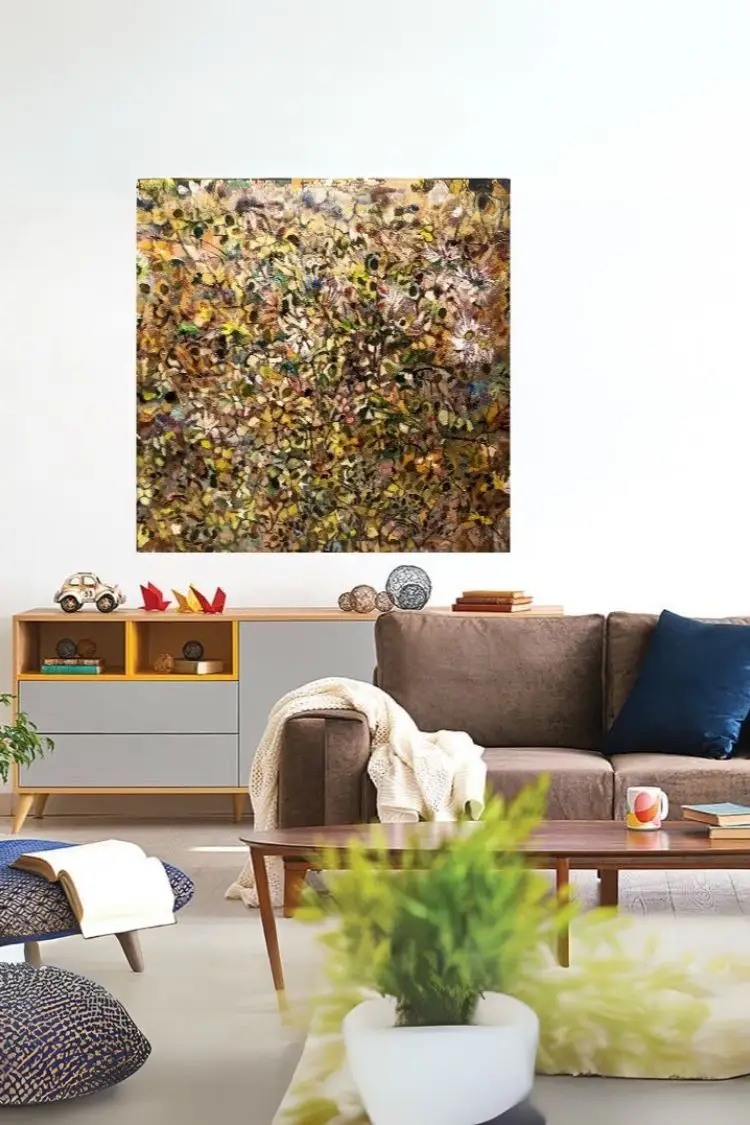
The language of color is deeply personal, shaped by individual preferences, cultural background, and memory. A bright red accent wall may bring joy to one person, but make another uncomfortable—each reaction a reflection of our unique experiences.
Personal Taste: The Heart’s Palette
Cultural Background: The Shared Lens
To honor both individuality and heritage within interiors is to create spaces where color is not only visible but experience, connected to memory, identity, and a sense of belonging.
The combination of vibrant colors and calming spaces is an art form that enhances our well-being and mood. To achieve this balance, we need to use thoughtful design strategies.
Neutral tones serve as the background that allows bold colors to stand out. By using shades like whites, creams, grays, and beiges, we create a stable environment that makes the space feel grounded. This balance ensures comfort and prevents the bright colors from being too overwhelming. Here are some ways to achieve this:
Nature has its calming colors. By incorporating natural elements such as wood, stone, plants, and water features alongside bold colors, we can create harmony in our interiors. These natural materials bring organic textures and tones that soften the intensity of vibrant shades. Here are some examples:
By combining bold colors with these natural elements, we not only create visually appealing spaces but also promote emotional well-being—making our homes more comfortable yet inspiring at the same time!
In the ever-evolving world of interior design, dopamine decor emerges as a vibrant trend that captivates the senses and elevates mood. This approach focuses on creating spaces that are not only visually appealing but also stimulate sensory engagement, invoking joy and delight.
‘Dopamine decor’ harnesses the emotional power of color to create environments that inspire happiness and mental well-being. By integrating bold hues, playful patterns, and dynamic textures, designers craft spaces that invigorate the senses. The concept draws its name from dopamine, a neurotransmitter associated with pleasure and reward, highlighting its intent to foster positive emotions through visual stimuli.
Incorporating elements that engage our senses can significantly enhance happiness levels within a space. Imagine a living room adorned with vibrant artwork, plush fabrics, and aromatic candles; each element contributes to a multi-sensory experience that uplifts the spirit. The strategic use of color combined with tactile and olfactory stimulation creates an immersive environment where one feels both energized and comforted.
The trend towards dopamine decor reflects a deeper understanding of how our surroundings impact emotional health. By thoughtfully curating spaces that engage multiple senses, designers offer an invitation to experience everyday joy and serenity within our homes.
Bright colors and daring combinations bring new energy to interiors, creating spaces where the mind can find both comfort and excitement. Bold color schemes—when used purposefully—can enhance mental wellbeing, providing a visual language that calms worries and brings back happiness.
In rooms decorated with unapologetic color, stress fades away into vibrancy—each wall a blank canvas for renewal, each shade a gentle healing for the tired soul.
Bold color schemes go beyond just decoration; they become protectors of our mood, encouraging us to spend more time in places that celebrate the full range of human experience and foster inner peace.


